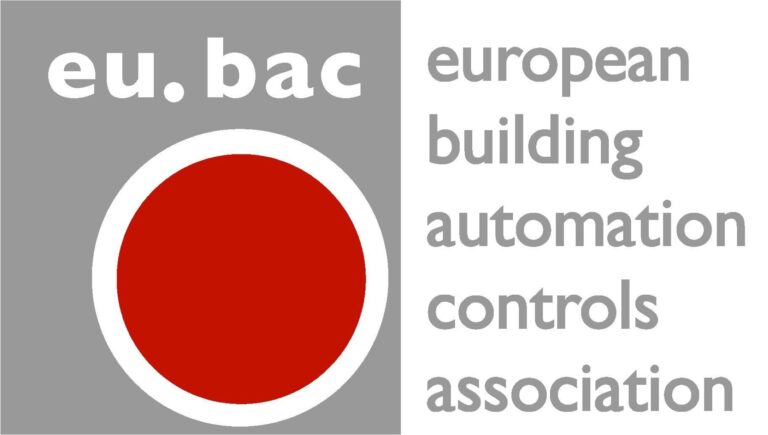ACHIEVING COMMISSION’S AMBITIONS: THE ESSENTIAL ROLE OF BUILDING AUTOMATION

Read the prese release HERE (suggested)
In her annual speech on the State of the Union, the Commission President Ursula Von der Leyen has outlined her vision for economic recovery from the COVID crisis, increased ambition to tackle climate change and to accelerate digital transformation. eu.bac welcomes the Commission’s priorities and is ready to work with the Commission to further the implementation of existing initiatives as well as filling the gaps in achieving the ambitious goals.
The President confirmed the commitment to the renovation wave and a target of 55% emissions reduction. We welcome this commitment and the intention to review the existing climate policies. However, the Commission needs to ensure that the Member States comply with the existing legislation alongside reviewing it. Several countries are currently failing to effectively implement the revised Energy Performance of Buildings Directive (EPBD). Therefore eu.bac stresses the need to recommit to the implementation of the directive and enforce building automation and control system (BACS) measures.
We agree with the President, “the next decade must be Europe’s digital decade”. Already today, BACS are innovative and cost-effective technologies. They increase energy efficiency and make the building stock future-proof by for example allowing for the smart integration of energy system developed around the building. An ambitious transposition of the BACS measures included in the revised EPBD could lead to savings corresponding to 14% of the total building energy consumption, with 64 Mt CO2 annual savings and €36 billion energy bill savings triggered [1]. Alongside the energy efficiency benefits provided by demand-optimized energy usage and permanent energy monitoring, BACS optimize air quality, thermal comfort and human centric lighting while helping to reduce the spread of infections. Despite these benefits, the existing measures cover a very limited part of the building stock. To match the increased ambition and achieve the new goals, the existing requirements should therefore be fully implemented at Member State level and further extended at EU level, to include medium-size non-residential buildings and larger residential buildings.
Consequently, as emphasized by the President, maintaining the status quo will not suffice in achieving the “Next Generation Europe”. In reviewing the excising climate policies the Commission has to recognise that, buildings must be at the heart of our decarbonization efforts. EU building stock is responsible for 36% of EU greenhouse gas emissions. The current renovation rate of around 1% a year is insufficient to achieve carbon neutrality. Ms Ursula von der Leyen stated that she would like 37 percent of the new €750 billion recovery fund to be spent on the Green Deal. eu.bac welcomes this and proposes a dedicated renovation fund to be established to deploy smart technologies. Building renovations not only hold a large potential for greenhouse gas emission reduction but also provide living/working condition improvements and support the local economy in a sector which is very labour intensive.
The building automation and control industry confirms its commitment to work together with policymakers to really make the next decade “Europe’s digital decade” and turn words into actions. Unleashing the full potential of cost-effective technologies such as BACS would help businesses and citizens make major energy savings, improve health and comfort while, at the same time, tackling energy poverty and driving digitalization, jobs and growth.
To find further information on how BACS can help Green Recovery and why should the renovation wave be at the heart of the energy transition take a look at our 3-pager here. To learn in more detail about the potential energy savings from the use of building automation and control systems take a look at the Waide study here.
